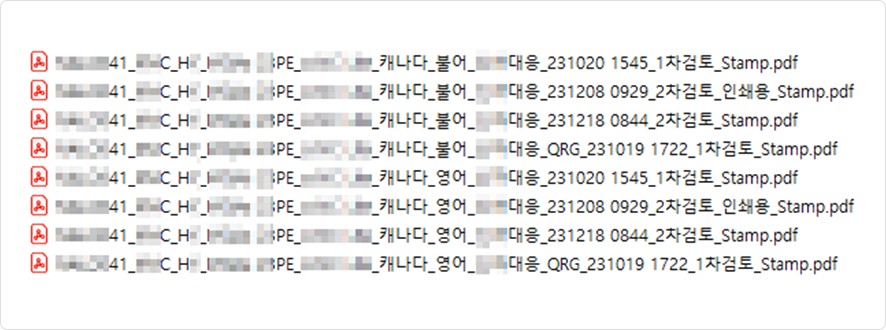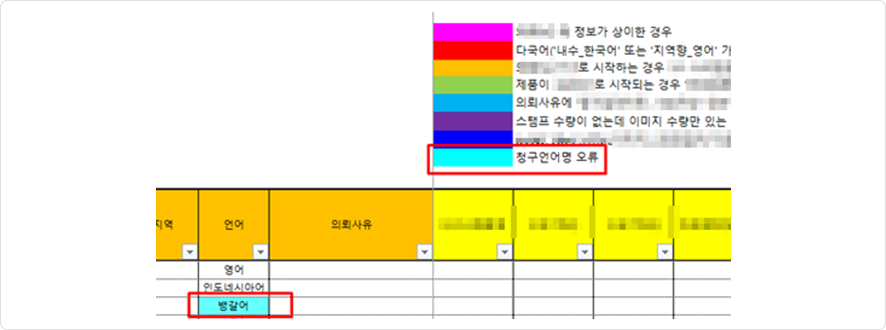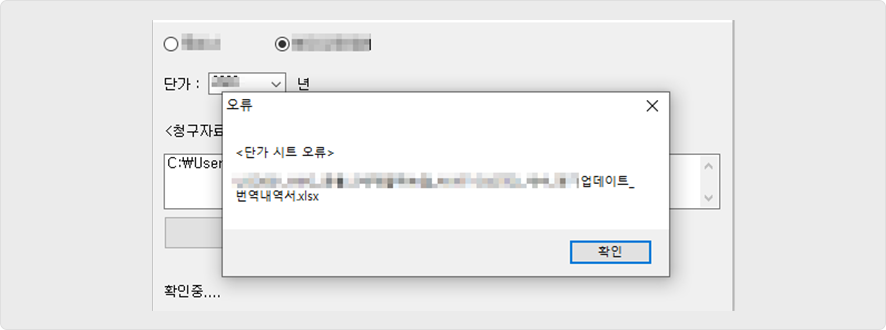In large-scale documentation and localization projects, billing is more than just an administrative task—it’s a direct reflection of your company’s professionalism and reliability. When your deliverables include technical manuals, multilingual user guides, and complex language localization for dozens of product models, the billing process can quickly become just as complex as the production itself.
Even minor errors in billing—such as miscounted pages, outdated unit rates, or mislabeled files—can severely damage client relationships. At Hansem Global, we’ve experienced these challenges firsthand. Over years of managing high-volume multilingual documentation projects, we’ve learned that consistent, automated, and verifiable billing processes are not optional—they are essential.
In this article, we share how Hansem Global has built a trusted billing system that minimizes human error, increases transparency, and strengthens client confidence.
1. Visual Tagging for Automated Billing: Stamp-Based Markups
One of the biggest challenges in billing for document production is correctly identifying which sections or pages are billable—especially when working with product variations or frequent updates.
To address this, Hansem Global uses visual stamps embedded directly in project deliverables. These stamps clearly indicate billable elements such as updated sections, language versions, or document types. When properly designed, these stamps are easily recognized by automation tools, enabling accurate page counts and rate calculations without manual cross-checking.
Stamps are especially effective in PDF deliverables, where they not only improve visual clarity for reviewers but also enable metadata tagging and text-based search for auditing and reporting.

Tip: Always deliver your billing-related documents in a standardized, searchable PDF format. This improves client accessibility and makes automated extraction of billing data much easier.
2. Structured Billing Data and Naming Rules
Billing accuracy depends on more than just what’s in the file—it also depends on how the file is named, stored, and retrieved. When your rates vary based on language, document type, or product model, every file must follow a strict structure to ensure traceability.
Hansem Global applies a consistent file naming convention that supports automated classification by model, region, language, version, and date. For example: [Model]_[Type]_[Region]_[Language]_[Version]_[Date].pdf
We also maintain a structured database of deliverables and unit prices, allowing us to automatically update billing logic as project scopes or pricing tables change. This reduces manual input and prevents billing mismatches caused by outdated data.

Tip: Unit prices don’t change often—so instead of entering them manually each time, centralize them in a database that your billing system can reference automatically.
3. Automated Validation to Prevent Final Billing Errors
Even with automation in place, every billing output must be validated before submission. Hansem Global uses an automated validation system to check billing results against predefined client requirements.
This system flags inconsistencies or omissions—for example, if a file is missing a stamp, if the language is incorrect, or if a document type was excluded. We can also integrate with a client’s own review system to streamline approval.
Critically, we keep our validation criteria updated as new models, document types, and languages are added. This ensures consistent accuracy as the project evolves.


Tip: Update your validation rules in real time as product configurations change, and set up a process for immediate root-cause analysis and correction when errors are detected.
4. Final Checklist for Reliable Billing Operations
Before finalizing any billing, make sure your workflow includes these best practices:
- Automated Billing System: Structure all billing elements in a centralized system that updates dynamically.
- Validation Protocols: Run automated checks against client-specific billing rules and contract terms.
- Client Communication: When billing standards change, ensure rapid coordination with client teams to avoid misunderstandings.
The Standard for Trustworthy Billing
Billing isn’t just a financial transaction—it’s one of the most visible points of interaction with your clients. In documentation and localization services, where details matter and deliverables multiply quickly, your billing process must be just as precise as your content.
At Hansem Global, we’ve refined our approach through real-world experience. By combining visual tagging, structured data, and automated validation, we’ve built a billing system that supports scalable, error-free operations—even across hundreds of models and dozens of languages.
If you’re looking for a documentation and localization partner who treats billing accuracy as a critical part of service quality, Hansem Global is ready to deliver.
Would you like to see how our billing system integrates into large-scale multilingual projects?
Contact us to learn more: info@hansem.com






